| Airplanes rules the skies, but helicopters tackle the most versatile, and often, most dangerous tasks. |
For thousands of years, humanity envied a bird's ability to get aloft right on the spot. Even when we figured out how to make heavier-than-air machines fly, we couldn't fly freely in any direction like our avian counterparts can. It would take three decades after the Wright Brothers' first flight to realize our closest approximation: what we today call the helicopter.
Some of these metal birds have impacted our lives in ways we instantly recognize; others have a lesser-known legacy. So here is our list—ripe for debate—of the 15 most important helicopters ever.
Focke-Wulf Fw-61: The World's First Helicopter
First flight: June 26, 1936
Germany made rapid progress in vertical flight in the 1930s with the design and construction of the Focke-Wulf FW-61, generally regarded as the first functional helicopter.
Professor Henrich Focke started designing what would become the Fw-61 in 1932, using experience gained with autogyros from British maker, Cierva Autogiro. He built a model in 1934 to explore a twin-rotor configuration with articulated rotor blades. A 1935 government order allowed Focke to develop a full-scale prototype using the airframe of a training aircraft (Focke-Wulf's Fw-44) to mount rotors on tube steel outriggers on either side of the fuselage and to house a radial engine driving the rotors through gears and shafts.
Each rotor consisted of three articulated and tapered blades employing cyclic pitch, a core concept of helicopter control. A small propeller mounted in front of the radial was used for cooling only, not thrust. The first of two Fw-61s prototypes flew on 26 June 1936 with pilot, Ewald Rohlfs. Focke's helicopters proved vertical flight and auto-rotation concepts, and gained even more notoriety when German aviatrix, Hanna Reitsch (flying in the picture above), flew one indoors at the Deutschlandhalle sports stadium in Berlin in 1938.
Getty ullstein bild
Sikorsky R-4: The First Mass-Produced Helicopter
First flight: January 14, 1942
Designed by the legendary Igor Sikorsky and based on his VS300 prototype, the R-4 set the pattern for the conventional helicopter with its single lifting-rotor/single vertical-plane tail rotor configuration.
Developed and publicly demonstrated in 1940, it was accepted by the U.S. Army in 1942. The R-4 set the first meaningful helicopter records including a 761-mile cross-country flight and service ceiling record of 12,000 feet while boasting a top speed of nearly 90 mph.
Experimentation with the R-4 began almost immediately with the first deck landing on a ship made in 1944. The same year the first combat rescue by helicopter was made by Army Lieutenant Carter Harman of the 1st Air Commando Group using a YR-4B (pictured above) in the China-Burma-India theater.
The Bell 47: The First Helicopter Certified for Civilian Use
First flight: December 8, 1945
Images of the Bell 47 open every episode of M.A.S.H., and it saw Army service in Korea and beyond as the H-13 Sioux. But its most important distinction lies in its approval for civil use by the CAA in 1946.
The prototype Bell Model 30 designed by Arthur M. Young was the basis for the 47 which first flew in December1945. Powered by a single Franklin or Lycoming six-cylinder piston engine, the Bell 47 proved endlessly adaptable with some 18 variants serving as everything from lunar lander trainers for the Apollo program to cropdusters. In 1958, a Bell 47 leased by Los Angeles TV station, KTLA, made the first successful television news flight transmitting video as the station's new "Telecopter". License-built in Japan and sold worldwide, over 1,000 of the 5,600 produced are still airworthy.
Getty Keystone
Aerospatiale SA-313 Alouette II: The First Jet-powered Helicopter
First flight: March 12, 1955
In the early 1950s, French state-owned manufacturer, Sud Aviation, experimented with a variety of rotary wing designs including the SA 3120 Alouette light helicopter. While the Alouette prototype broke several helicopter speed and distance records, government support was lukewarm at best.
To consolidate French backing and further boost performance, Sud paired another design (X.310G) with a single shaft turbine developed by Joseph Szydlowski, the founder of Turbomeca. The resulting Alouette II flew in March 1955, becoming the first production jet-powered helicopter. It began setting records almost immediately, establishing a helicopter altitude record of 26,932 feet in June of that year. An Alouette II drew attention when it became the first helicopter to perform a mountain rescue, evacuating a stricken climber over 13,000 feet up in the Alps, and again in 1957 when it searched for the crew of a crashed Sikorsky S-58 on Mont Blanc (pictured above).
The SA-313 would go on to serve in 47 armed forces, earning distinction as the first helicopter equipped with anti-tank munitions (Nord S.11s). Over 1,500 Alouette IIs were built through 1975, including license-built versions produced in the U.S.
Bell UH-1 Iroquois: The Vietnam Legend
First flight: October 20, 1956
The UH-1 Iroquois, called the "Huey," is the embodiment of the helicopter for people all over the world. Its association with Vietnam in history and in pop culture assured its status as did its groundbreaking use by American Forces. Over 16,000 military and civilian examples of the Huey family have been built, and production continues today with the military UH-1Y and civilian Bell 412.
Born as the Bell 204, the two-blade main rotor, single shaft turbine-powered design addressed an early 1950s Army requirement for a medical evacuation/instrument trainer/general utility helicopter. Selected in 1955 from 20 competing designs, it overcame early cabin configuration and insufficient power issues to become the U.S. military's first turbine-powered helicopter.
Officially named the "Iroquois" by the Army, its familiar "Huey" moniker stems from its early HU-1 designation. The nickname stuck so firmly that Bell actually cast "Huey" on the helicopter's anti-torque pedals. In Vietnam, its use as a MEDEVAC, utility, gunship, and transport aircraft altered the way modern armies fight. The air-assault/air cavalry concept was founded upon the Huey and the insertion/extraction techniques it pioneered underpin special forces operations to this day.
Anyone who has ever heard the Huey's characteristic two-blade rotor "whump-whump" sound will never forget it.
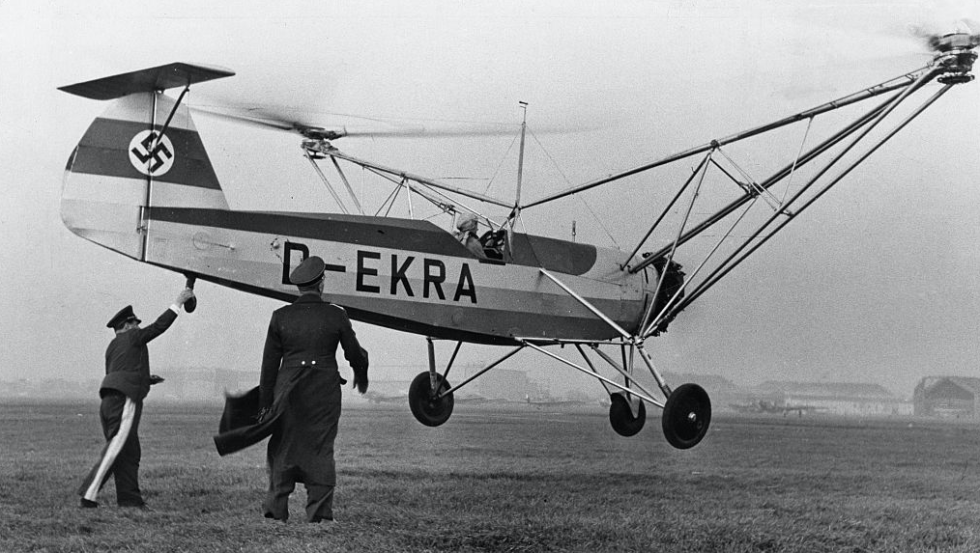
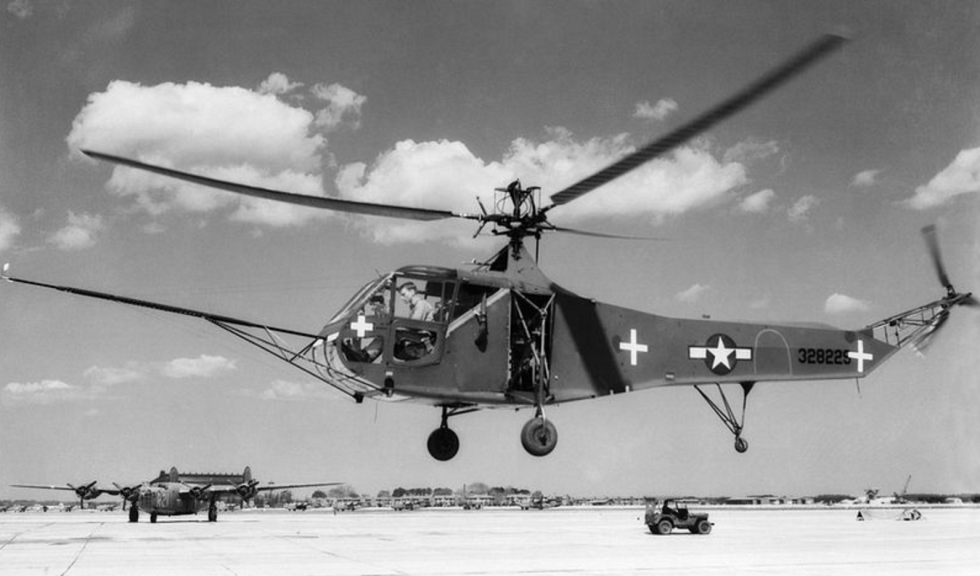
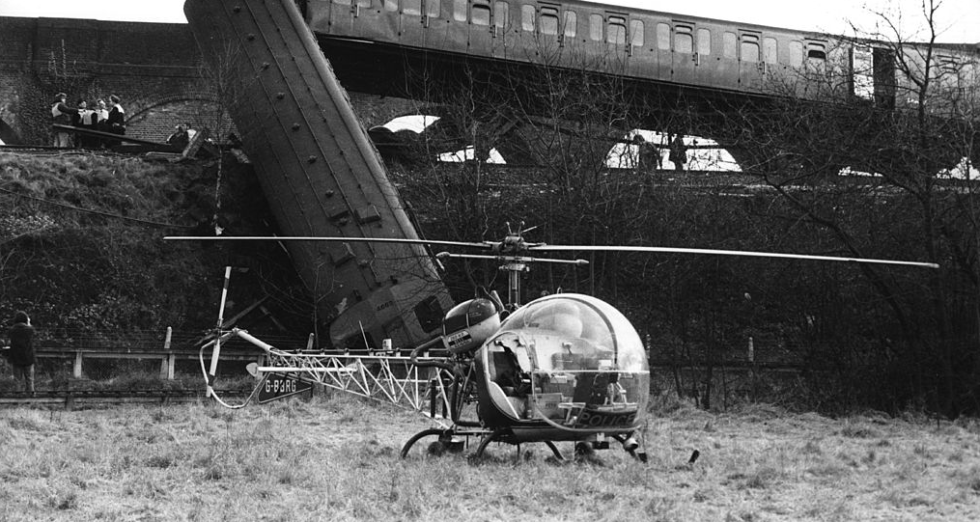
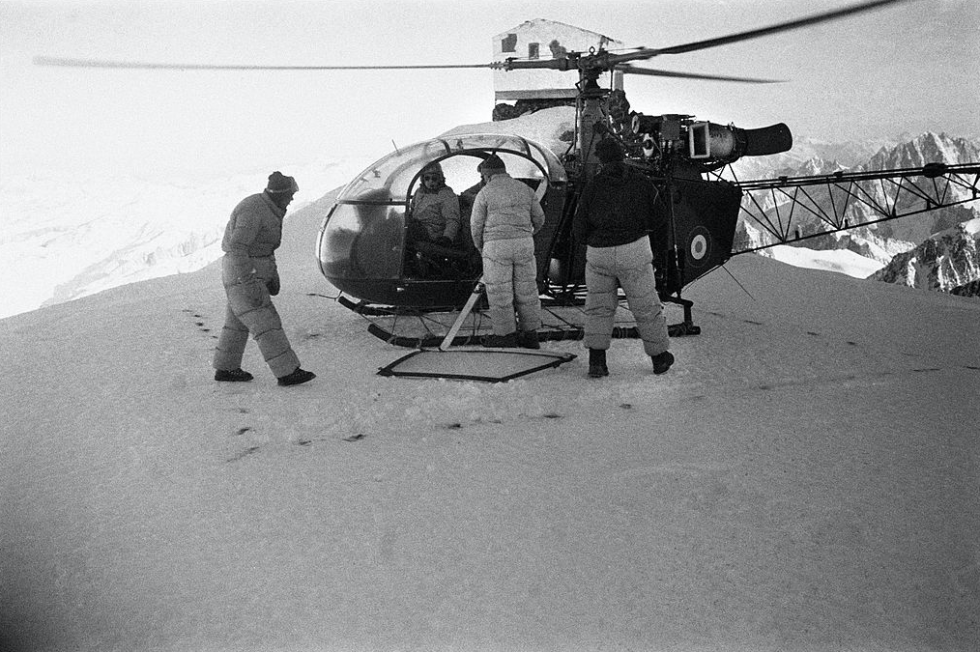
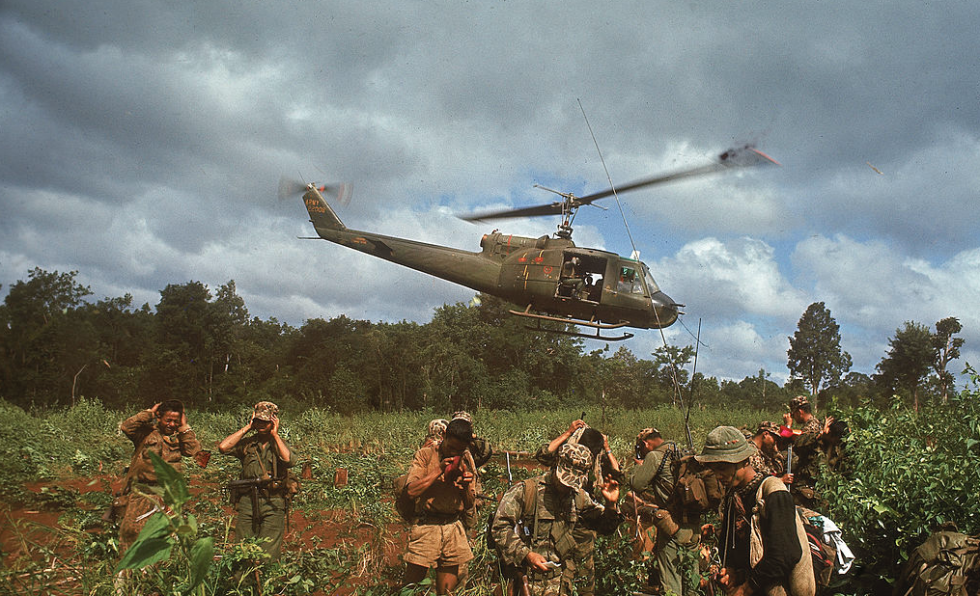
No comments:
Post a Comment